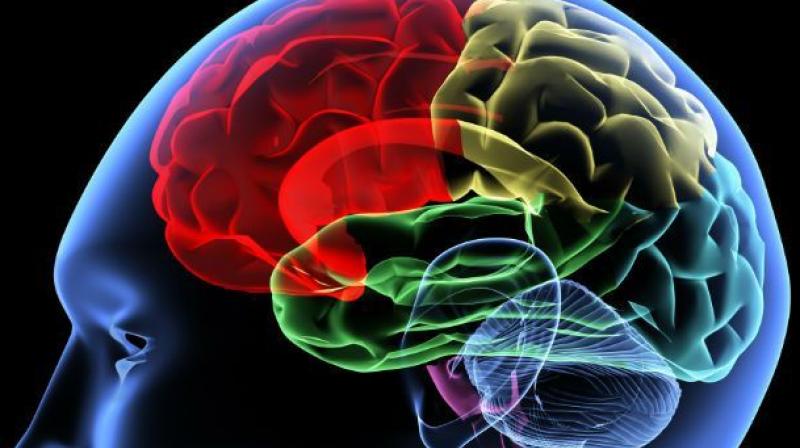Larger than life figures
Most of our early ancestors never had to worry about large numbers.

Consider the following two ways of reporting a government decision; (i) The state has unveiled a plan to construct a new airport at a cost of Rs 2,000 crore, and (ii) The proposed airport is expected to cost the exchequer the equivalent of Rs 600 per citizen. Though the first statement might be considered a more direct way of communicating the news, the second statement would sound more striking or relatable to the ordinary reader. This is so since the Rs 2,000 crore figure is too large to imagine and make sense of; on the other hand, Rs 600 is much more manageable.
This leads us to a well-understood but strange inefficiency of the human mind — the inability to process large numbers well. Being a species-level characteristic, we ought to look for reasons from evolution. Most of our early ancestors never had to worry about large numbers. They had to keep track of their offspring, the amount of food required, or at best, the number of pieces of firewood required for the evening — all of which would probably be numbers, either smaller than or in the vicinity of say, about 50. What if a very large swarm of bees started rushing towards them — there will be no time to waste counting whether there are 500 bees or 1000 bees, they would have had to search for protection since the number is clearly unmanageable either ways. In short, our ancestors never had any incentive to build up skills to estimate, compare or do arithmetic with large numbers. Survival of our species depended more on tasks such as being able to spot lions and tigers better rather than on mastering large number arithmetic.
Despite the relative insignificance of large number arithmetic over the many millennia of human life, we, the modern human beings find ourselves having to deal with large numbers every now and then. Almost all important life decisions, such as the purchase of a home or a car or switching jobs, require making sense of numbers in the order of lakhs or more.
Most of us have our own means of making decisions involving large numbers; one such popular tool is that of ratio and proportions. While ratios are good in many cases, they are not best suited for large number comparisons. Consider test driving a car priced at ' 6 lakh and being presented with an option of going for a higher model with better seats and a Bluetooth speaker system, priced at ' 6.5 lakh. The ratio is just 13:12, not too much more investment, one would think. But, give it a thought for a moment — would you be fine with spending an extra month at work just to get those better seats and the Bluetooth speaker system? Probably not! To sum up, large numbers are trickier than what our minds are built for.
(Dr Deepak P. is a computer scientist and academic staff at Queen’s University Belfast, UK.)

